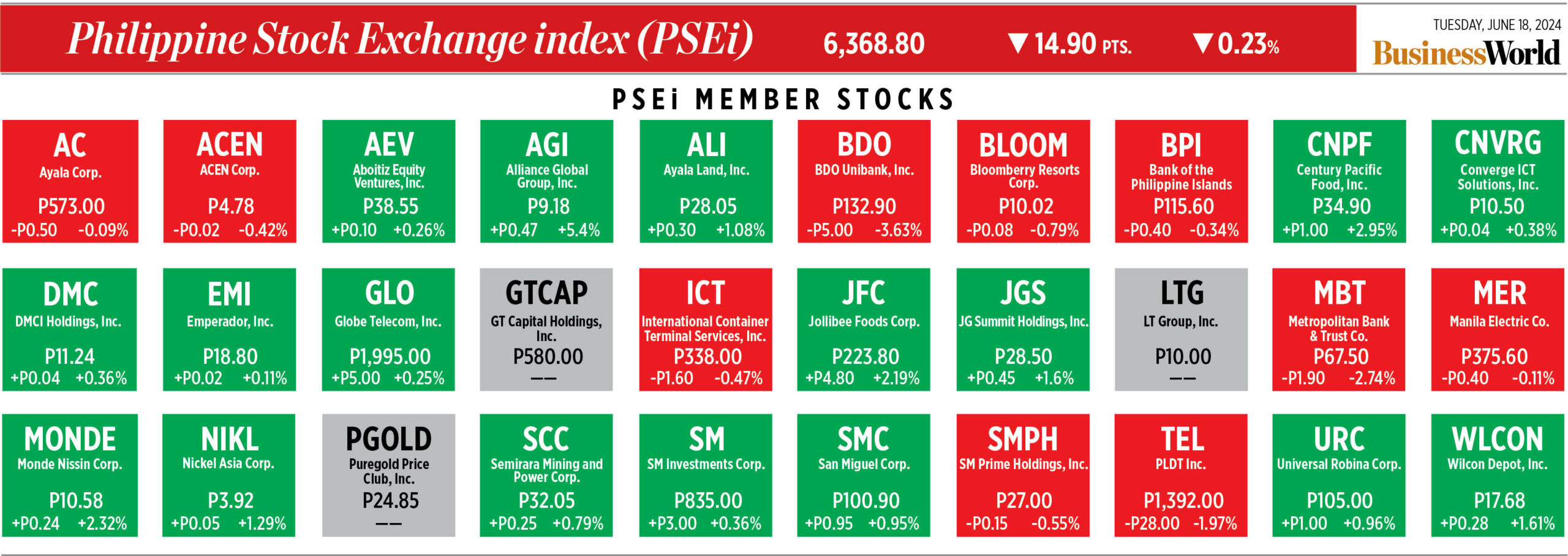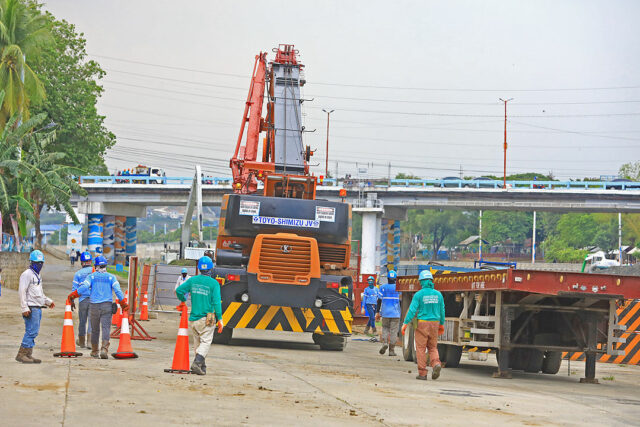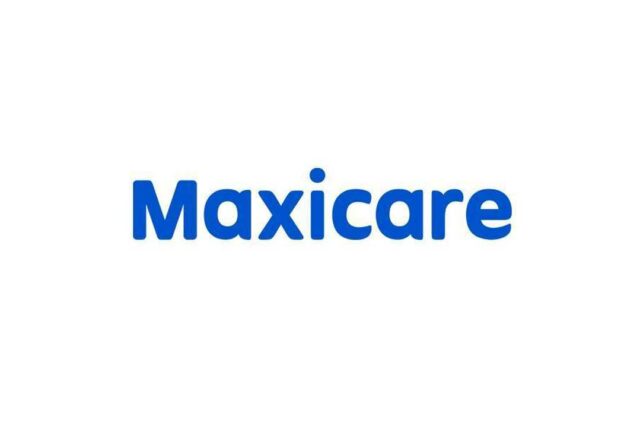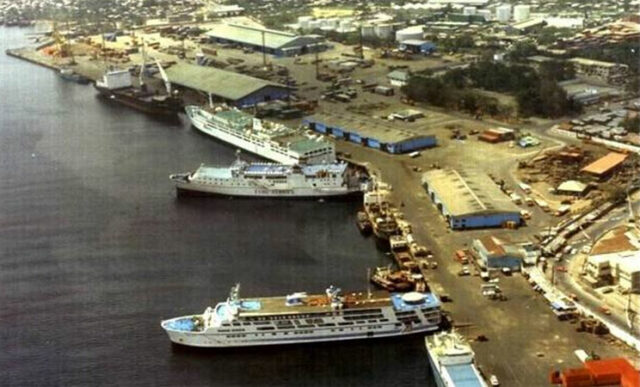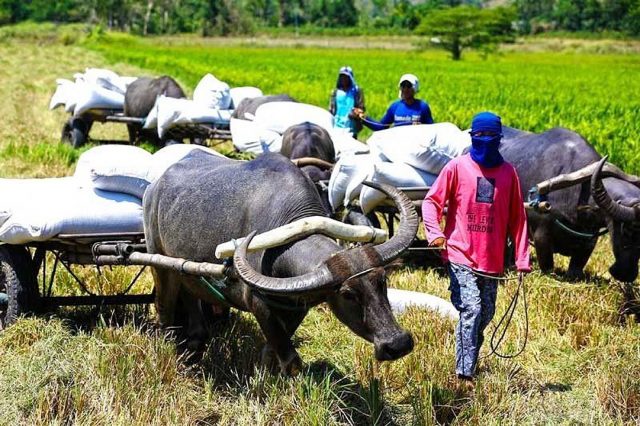THE tourism industry accounted for 8.6% of gross domestic product (GDP) in 2023, up from 6.4% a year earlier, due to the post-pandemic reopening, the Philippine Statistics Agency (PSA) reported on Tuesday.
Citing preliminary data, the PSA said the industry’s direct gross value added, which measures the value generated from various tourism-related activities, was P2.09 trillion in 2023, against the revised P1.41 trillion a year earlier.
Tourism-related spending by nonresidents grew 87.7% last year to P697.46 billion.

Spending by domestic tourists, including expenditures of nonresidents traveling domestically or as part of an international trip, expanded to P2.67 trillion in 2023, up 72.3%.
Spending on accommodation grew 143.2% to P347.97 billion, followed by food and beverage spending, which rose 131.4% to P568.35 billion.
Workers employed by the industry totaled 6.21 million last year, up 6.4%, and accounted for 12.9% of the overall workforce, the PSA said.
Leonardo A. Lanzona, who teaches economics at the Ateneo De Manila, cited the phenomenon of “revenge consumption” after the pandemic.
“What is more revealing is how the Philippines compares to its ASEAN neighbors. The Philippines in fact pales in comparison to these other countries whose international arrivals have always exceeded ours… with many citing poor infrastructure and lack of smart ecosystems as the reasons for us to lag behind,” he said via chat.
In 2023, Philippines attracted 5.45 million international visitors, well below the numbers posted by Thailand (23 million), Vietnam (12.6 million), and Indonesia (11.68 million).
Issues like overdevelopment in coastal areas, pollution, the degradation of natural attractions, and security concerns hamper the expansion of the tourism industry, Mr. Lanzona said.
“The general perception that we continue to be a poor country can make the Philippines less attractive compared to our more well-off neighbors,” he added.
To expand the industry’s contribution to the economy, Foundation for Economic Freedom President Calixto V. Chikiamco called for more investment in tourism-related infrastructure, improving law and order, and the relaxation of visa policies.
“The Philippines does have immense natural and cultural appeal, so with improved infrastructure, security, environmental protection and marketing, the tourism sector has great untapped potential to grow significantly,” Mr. Lanzona said. “Hence, the problem stems really from mismanagement.”
The government is aiming for 7.7 million foreign visitors this year. — Beatriz Marie D. Cruz





